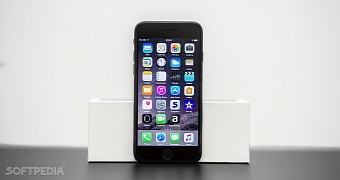Apple will automatically update Apple IDs using two-step verification technology to two-factor authentication this summer if beta versions of macOS High Sierra and iOS 11 are installed and two-step verification is enabled.
Tech giants like Microsoft and Google are already offering similar solutions, and Microsoft itself is making its Authentication app available across all platforms to provide users with an easy and secure method to access their accounts
The company says that the change would take place this summer, and it is very likely to continue with the stable versions of the platforms that are projected to go live in the fall.
First of all, let’s eliminate the confusion, because there seems to be a lot of it. When it says that it plans to automatically enable two-factor authentication on devices running its beta software, Apple is also referring to devices where two-step verification is already enabled. This means that iPhones or Macs where this feature isn’t already enabled won’t be affected.
And then, why the change and what are the differences between two-step verification and two-factor authentication?
What’s two-factor authentication?
Although at first glance they’re very similar technologies, two-step verification was implemented by Cupertino in Apple ID and iCloud accounts in 2013 for better security and to provide users with an additional step in protecting accounts.
Two-step verification involves a phone number that needs to be provided in order to receive a temporary access code that needs to be used whenever users log into their accounts with a specific device for the very first time.
On the other hand, two-factor authentication goes one step forward and tackles the full Apple ecosystem by providing additional security systems where more devices running Apple’s software exist.
Two-factor authentication first made it to the Apple world in 2015 and is available in iOS, macOS, tvOS, watchOS, and Apple websites. It relies on authentication codes that are generated by a dedicated app running on devices powered by these platforms. The app can also be used without Internet access or without a phone number.
Similar tech is already being used by Google and Microsoft with their Authentication app, so Apple is following in their footsteps to boost its security.

 14 DAY TRIAL //
14 DAY TRIAL //